Nissan fans and EV enthusiasts everywhere have been waiting a long time for the arrival of the Ariya. For so many years, Nissan’s EV lineup has been dominated by its long-running and highly successful Leaf models, but in the face of growing variety in the market from all sides, Nissan finally created an updated crossover-style EV.
The Ariya is ready now to help Nissan’s aged range compete with the likes of the VW ID.4 and other more contemporary and stylish designs that buyers seem to want. The Ariya has finally started to arrive in 2022 after many delays and setbacks, but still the news for many waiting customers has not been good so far.
Due to a number of global factors, the Ariya has, for many, seem to come as a massive under-delivery on what was a huge promise. One factor in particular that has even been a dealbreaker for many buyers has been the functionality of Ariya’s “e-Pedal” technology, and this is the focus of today’s blog.
In this piece, we are trying to ascertain the truth of whether or not the long-awaited Nissan Ariya will offer that which its older sibling the Nissan Leaf has offered for at least 4 years already — one-pedal driving.
What is One-Pedal Driving?
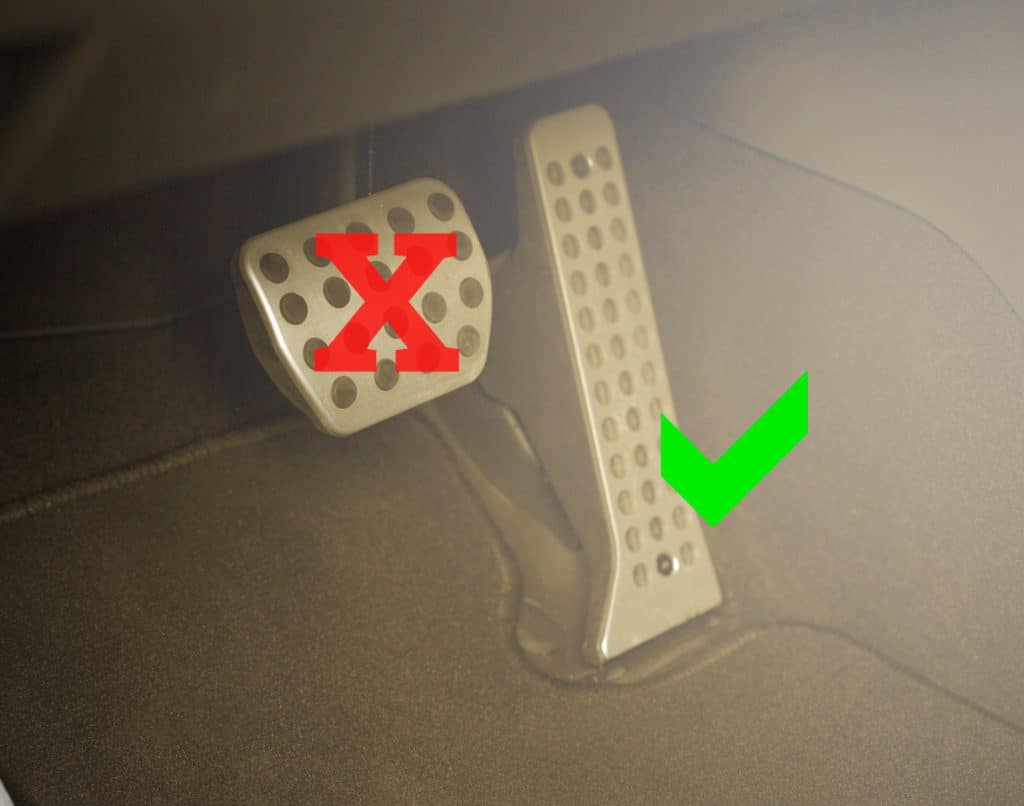
Let’s first be clear on this important term since it’s not one that’s used much outside of the realm of battery electric vehicles and certain plug-in hybrid models. One-pedal driving refers to the ways in which advancements in regenerative braking technology have been brought to bear to allow drivers to largely forgo the use of their main brake pedal outside of emergencies.
When a car is equipped with this capability, drivers no longer have to jump from the gas pedal to the brake and back again, which can be very annoying in slow-moving traffic. By removing their foot from the gas pedal — or perhaps “accelerator” is better for EVs since there’s no gas — the regenerative braking kicks in and can actually slow the car right down to a standstill again.
Some models feature adjustable one-pedal settings, or at least in some cases they recently did. Tesla, for example, was known for having both “light” and “heavy” settings, the former slowing the car but not stopping it, and the latter bringing it to a stop. Tesla quite recently and quite suddenly removed the former option, but some might argue that they were just doing that part of a broader trend in EVs.
Nissan’s flagship one-pedal driving technology is made possible by its well-known “e-Pedal” technology, which we’ll talk about in more detail further below.
Over the last 4 years or so, automatic regenerative braking systems and one-pedal driving capabilities have started to become the norm in electric cars. At the time of writing, the models that offer this function include:
- Nissan Leaf
- Audi e-tron
- Cadillac Lyriq
- Hyundai Ioniq 5
- Hyundai Kona EV
- Kia EV6
- Kia Niro
- Polestar
- Tesla
- Volvo XC40
The Nissan e-Pedal
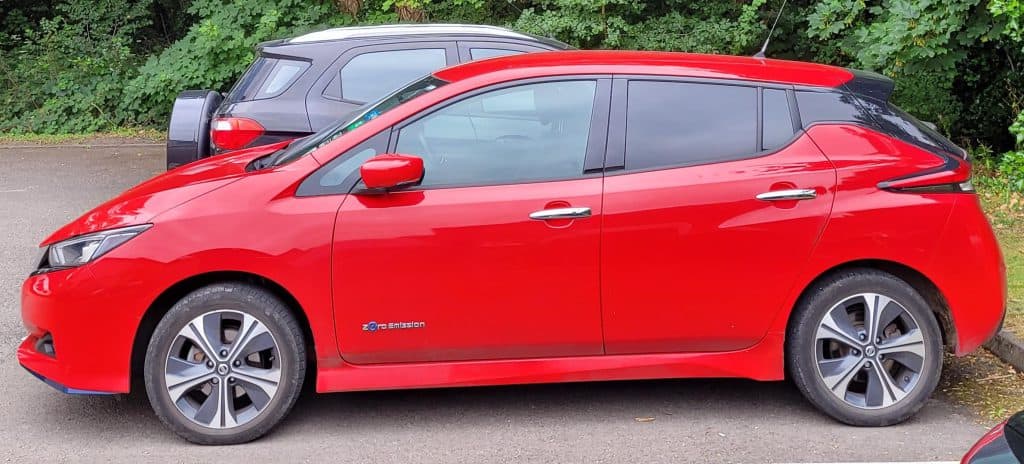
The e-Pedal was first introduced on the Nissan Leaf back in 2018 as Nissan was launching the car’s second generation. The idea was quite revolutionary at the time, allowing drivers to accelerate, decelerate, and even stop the vehicle safely, all through a single pedal. It was frankly the biggest change since automatic transmissions went mainstream, and sent the clutch pedal into the automotive history books for many.
Nissan’s e-Pedal technology is actually not a permanent or standard driving feature, but a special driving mode that drivers can activate at will with the flick of a switch. This is handy for those who want to keep things more conventional when they break out onto the open road and where regenerative braking and one-pedal driving have less appeal.
Once active, the main accelerator pedal is then used in this new mode. When accelerating, the Leaf uses its electric motors to turn the wheels as usual. However, when you lift your foot off the pedal, the motor runs in the opposite direction to allow regenerative braking to happen, taking momentum and power away from the wheels and transferring part of that energy back into the main battery pack.
Contrary to what some assumed at the time, activating the e-Pedal driving mode absolutely does not deactivate your regular braking system. That would be incredibly dangerous, in fact.
You can still use the regular hydraulic brakes as you would normally, which means you get the best of both worlds — advanced and efficient regenerative braking when driving in traffic that allows you to avoid the tiring pedal jump; and strong, equally dependable hydraulic brakes that you can still slam onto in an emergency if you need to for a faster stop.
The Nissan Ariya – Does It Have the e-Pedal?
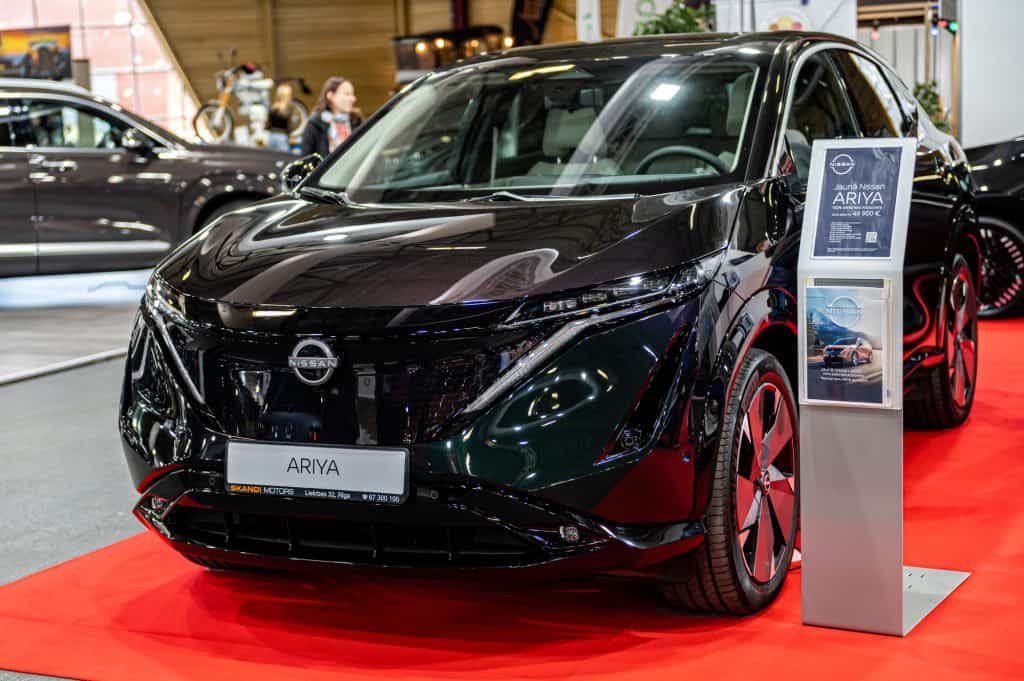
Yes, the Nissan does have the e-Pedal drive mode, as was announced in the Nissan corporate news sphere previously. They even said:
“In addition to all-new advanced technologies creating a smoother, relaxing ride, the Nissan Ariya also features e-Pedal which allows the driver to launch, accelerate and decelerate down to a stop by using only the accelerator pedal.”
Nissan Ariya launch press release.
For the purposes of today’s blog, this snippet from the company’s corporate news section is certainly interesting. If they say on the corporation website that it does feature the one-pedal technology with full stop ability, why have there since been so many reviews and other online discussions about the lack of this capability?
Car and Driver said:
“The Ariya deftly blends its friction and regenerative braking abilities, and although the e-Pedal function doesn’t provide true one-pedal operation…”
Car and Drive review
“What it won’t offer – and nor will any version of the Ariya – is single-pedal driving. In an act of apparent madness, the e-pedal function from the Leaf has been downgraded so it no longer brings the car to a complete stop.”
Nationalworld.com review
Why Is There Seemingly No One-Pedal Driving on the Ariya? Does It Matter?
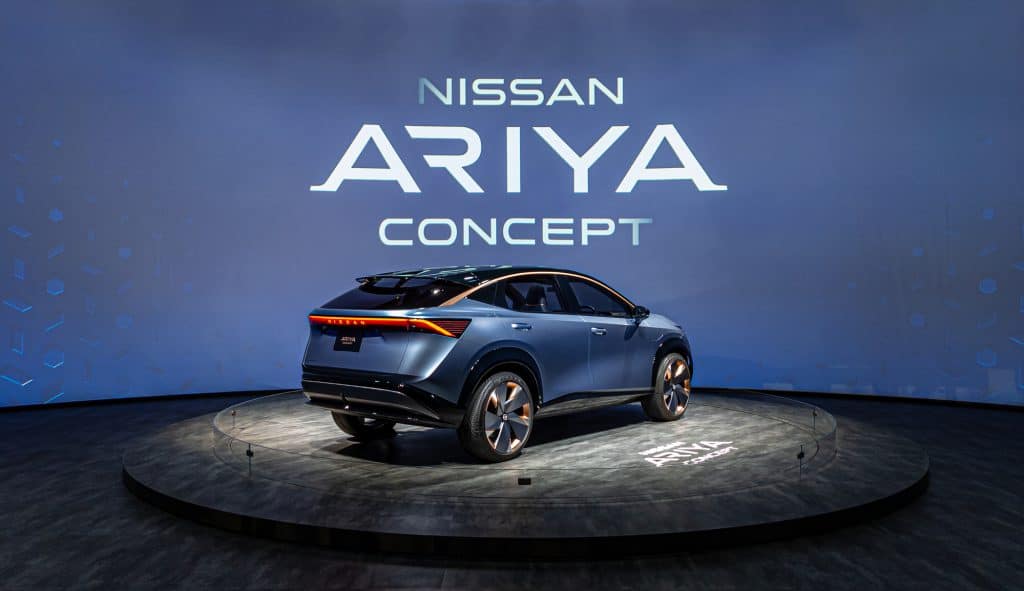
One section stands out very strongly in the above quote from nationalworld.com, which is where it says “the e-pedal function from the Leaf has been downgraded…” — downgraded! How can the much-anticipated and futuristically styled successor to the great Nissan Leaf be inferior technologically? This doesn’t make sense! Or, does it?
Chip Shortage
One theory behind the “downgrading” of the Ariya is rooted in the ongoing global semiconductor chip shortage, which started in earnest back in 2020. Chip producers shut down in anticipation of a huge drop in demand during the COVID-19 pandemic, only then to find that a surge in demand came back much faster than anyone anticipated.
The resulting chip shortage has sent shockwaves around the world, with multiple industries impacted, but arguably the automotive industry has been hit most keenly. Delays on the latest and most advanced models have been delayed as OEMs wait for the backlog of chip orders to be filled and shipped, not to mention for blockages at ports to clear up and internal logistics networks to properly normalize. In short, it’s a mess.
The Ariya isn’t the only model that has had to make sacrifices, with multiple OEMs simplifying their offerings in order to complete production and have models for sale. Some customers have shown disappointment at this, some even stretching to anger, as they realize that while EVs were being simplified under their noses, sticker prices barely moved, if at all.
The same has been true for the Nissan Ariya, with many reviewers pointing out that you simply don’t get what you initially paid for unless you’re willing to wait a much longer time.
Is Nissan Making a Shrewd Move? Or Have They Gone Insane?
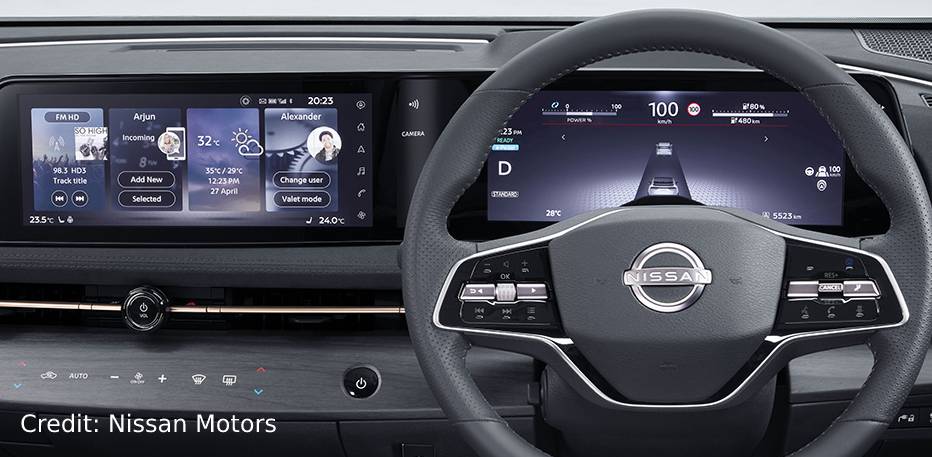
After all the hype surrounding the release of the Ariya, and the fact that this is the biggest move forward in EV technology (in theory) since the release of the Nissan Leaf back in 2010, it’s easy to see why anyone would assume someone has gone loco over in whatever Japanese conference room the decision was made to downgrade the e-Pedal.
Indeed, for some buyers venting their rage on ariyaforums.com, Reddit, and other platforms, it is even giving them cause for canceling their orders and their initial deposits be damned. It might sound a good and reasonable theory to blame the global chip shortage, but then we find insights like the following, originally shared on Motor1.com:
“Nissan says that since the Ariya will likely appeal to customers trading in internal combustion vehicles, one-pedal driving would feel foreign and uncomfortable.”
Motor.com review of the Ariya
This changes the complexion of the situation somewhat, and undoubtedly has helped to add fuel to the fire among Nissan’s loyal brand fans and Leaf drivers who were perhaps hoping to make the Ariya their next Nissan EV purchase.
The general source of the ire and disbelief here is that so many Leaf drivers claim that the e-Pedal and one-pedal driving functions are unquestionably among the car’s best features. Why wouldn’t newcomers want to experience that? Especially when it’s a function that can be turned on and off with a simple flick of a switch!
In the end, it’s hard to know exactly what Nissan was thinking. Perhaps they are clutching at straws and trying to make a workable and reasonable excuse that sounds better than “we don’t have enough chips yet.” We predict, however, that Nissan will more than likely have to reconsider this move in the coming months and years, perhaps offering the full e-Pedal function as an option in its lineup.
3 comments
I hate to say it, because the Ariya otherwise is a nice car, but the lack of true, one-pedal driving is a show-stopper for me. … a two LEAF owner, looking outside of Nissan now. 🙁
Tristan….I’m surprised that you didn’t have Chevy Bolts in your one-pedal driving list of EVs…both our 2018 Bolt EV and 2022 Bolt EUV have that wonderful feature. Both my wife and I drive exclusively in one-pedal mode !
I had a 2019 Leaf and loved the one pedal driving. I had an early order for the deluxe Ariya. After my second year of waiting, the reports came out that it had no one pedal. Then Nissan says they will start delivering only the lessor models. At that time I canceled and my $500 was quickly returned. Happily I bought a model Y and love it. I do note that Nissan’s ad shows a driver motoring through the desert with no hands on the wheel. Tesla won’t allow that.